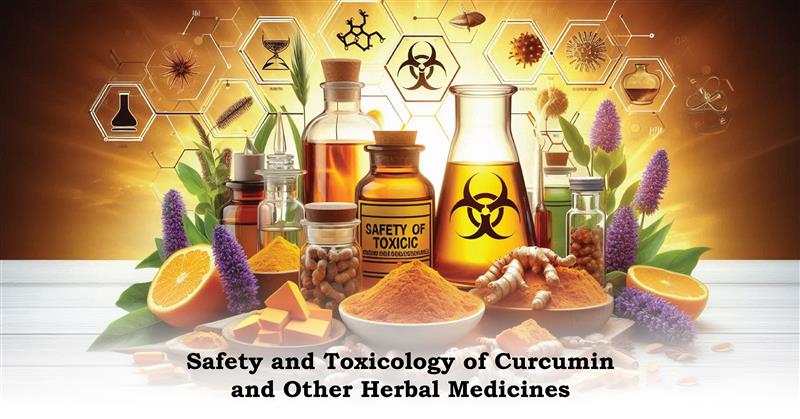Herbal medicines have been used for many years; people trusted them and believed in their curative properties because they originated from natural sources. Among these, curcumin, a polyphenolic compound obtained from the rhizomes of the plant Curcuma longa Linn, stands out as it has been investigated for several health-promoting effects such as anti-inflammatory, antioxidant, and anticancer effects. Nonetheless, as the utilization of natural remedies intensifies, it becomes more and more compulsory for their safety and possible toxicological effects to be studied. It focuses on the safety and toxicological aspects of curcumin and other herbal medicines for people to appreciate the positive uses of curcumin and, just as importantly, the adverse uses as well.
The Safety Profile of Curcumin
There are several compounds within turmeric, and most research has been done on curcumin as it has healing properties. This compound has various functions within the sphere of health, including being an anti-inflammatory agent, an antioxidant, and an anticancer compound. However, similar to any compound that is used to cure, its side effects are important determinants of its popularity. Studies show that curcumin is toxicologically safe and free of side effects, and it has even been given at high concentrations. Various studies undertaken on clinical trials have estimated and identified that curcumin can be ingested in large quantities without leading to any serious side effects. However, it should be noted that although curcumin is a safe compound for the majority of the population, special attention should be paid to pregnant women and patients with gallbladder diseases.
Toxicological Concerns of Curcumin
Even though curcumin is believed to be safe, some experimental data showed that it can have toxic effects in some cases. For instance, it has been found that doses of curcumin might cause stomach ulcers, nausea, and diarrhea. However, the problem of the low solubility and poor bioavailability of curcumin exists; it usually needs a supplement that would improve its uptake. Certain of these formulations may pose new risks, requiring research on their safety before they can be used in their current form.
In animals, research shows curcumin exhibits hepatotoxicity and nephrotoxicity at an extremely high concentration. Taken together with previous data from other human studies, these results stress the need to respect the guideline’s dosages and to seek medical advice before taking short-chain curcuminoids at high doses. Further, since curcumin is known to interact with the different medications being metabolized by the cytochrome P450 enzymes, it is thus important to use the supplement with extra care, particularly for those on multiple medications.
